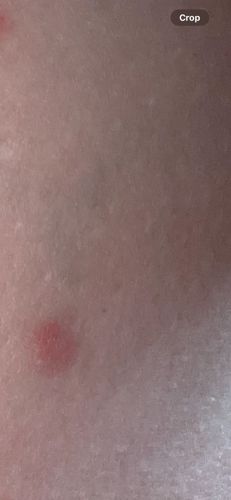Mosquito
Scientific Name: Culicidae (various genera and species)
Order & Family: Order: Diptera, Family: Culicidae
Size: 3 mm to 9 mm (0.12 to 0.35 inches)

Natural Habitat
Mosquitoes are found worldwide in almost all habitats, except for Antarctica and a few islands. They require standing water for breeding, so they are common near ponds, swamps, marshes, ditches, and artificial containers that hold water.
Diet & Feeding
Adult female mosquitoes feed on blood (hematophagy) from mammals, birds, reptiles, and amphibians, which is necessary for egg development. Both male and female mosquitoes also feed on nectar and plant juices for sugars and energy.
Behavior Patterns
Mosquitoes are most active during dawn and dusk, though some species are daytime biters. Females locate hosts using CO2, heat, and body odors. They lay their eggs on or near water. The life cycle involves four stages: egg, larva, pupa (all aquatic), and adult. Larvae and pupae live in water and breathe through siphons or paddles.
Risks & Benefits
Potential Risks: Mosquitoes are vectors for numerous diseases including malaria, dengue fever, Zika virus, West Nile virus, chikungunya, and yellow fever, posing significant health risks to humans and animals. Their bites also cause itchy welts. Benefits: Mosquitoes play a role in the ecosystem as food for various animals (fish, frogs, birds, bats) and as pollinators for some plants. However, their role as disease vectors often outweighs their ecological benefits from a human perspective.
Identified on: 9/6/2025